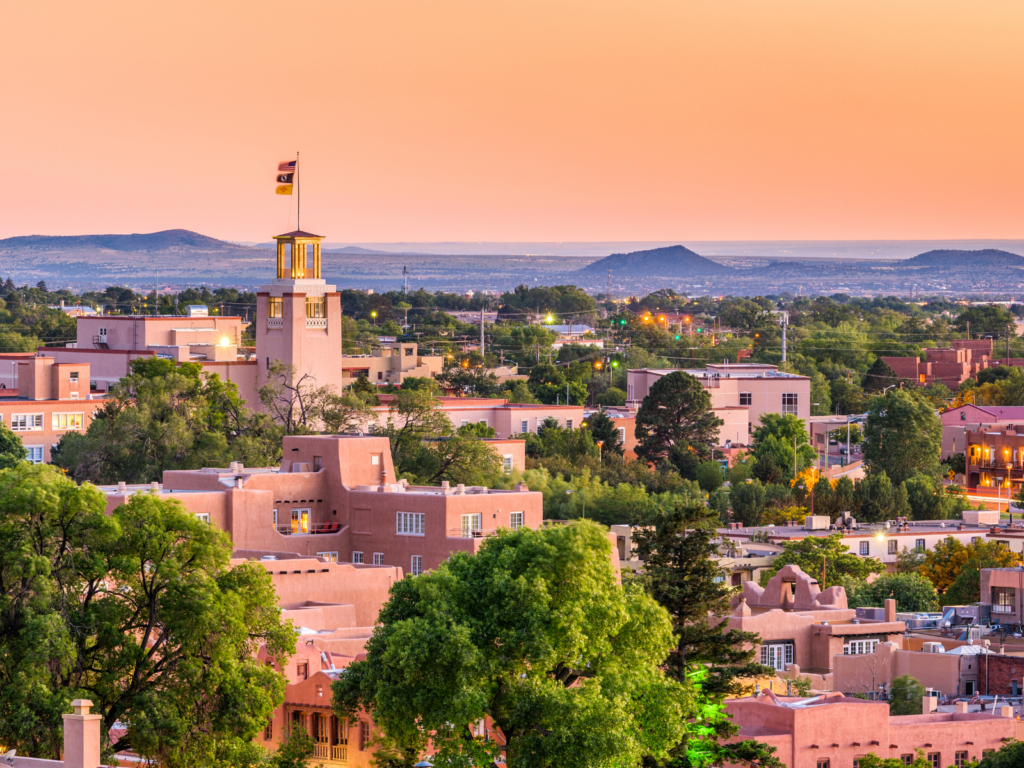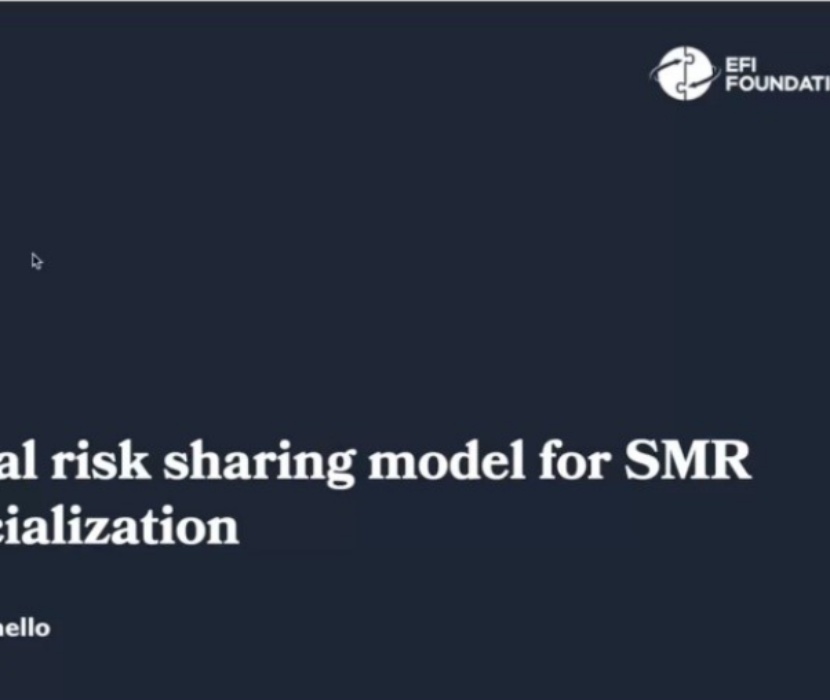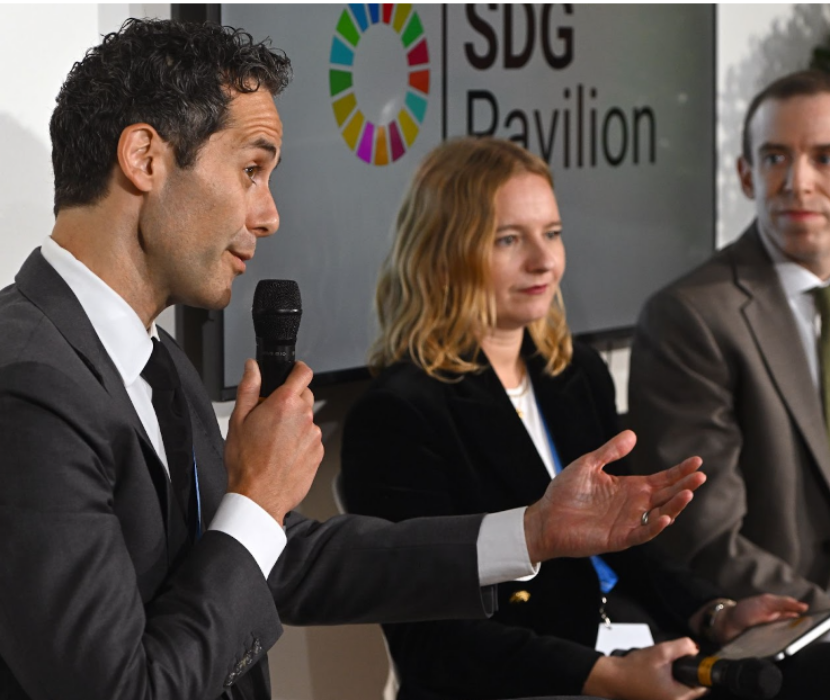
Celebrating Earth Day, Energy Futures Initiative (EFI) principal Melanie Kenderdine presented on the state of energy during the inaugural 2022 Energy Summit in Santa Fe, New Mexico. The April 21–22 summit was hosted by the United States Hispanic Chamber of Commerce in collaboration with the Albuquerque Hispano Chamber of Commerce.
Kenderdine presented data highlighting the highest emitting sectors—which include agriculture, forestry, and other land use, transportation, and industry. She also shared data on the highest-emitting countries and regions.
The primary energy source fueling the United States and Japan is natural gas (38% and 34%); in Europe, it’s renewables (37%); and in China and India, coal takes the lead (65%).
She explained the benefits of U.S. liquified natural gas distribution and how it can bridge the current state of energy to a clean energy future. Although composed of methane, natural gas emits half as much carbon dioxide as coal when it is burned. Substituting natural gas for coal in countries largely dependent on coal can help countries reduce their carbon footprint in the short-term before cleaner energy sources are available in the long term.
Wind and solar energy are currently challenged with intermittency. Kenderdine discussed how carbon capture and storage (CCS) can help manage these issues.
The United States is currently import-dependent on numerous minerals and metals critical for clean energy technology, Kenderdine explained. She underscored that providing support for domestic mining may be a crucial component of developing a clean energy future for the United States.
The event was hosted in New Mexico, where Hispanics and Native Americans make up a combined total of 60% of the population. Kenderdine highlighted that across the United States, Hispanic and Latino people make up nearly 17% of the workforce.
New Mexico is a hub for oil, natural gas, and wind and solar energy, and has been ranked in the top 3 states for best solar energy potential and ranked 13 in wind energy production. Its history of rich natural resources and diverse population made New Mexico a great location to discuss the future of energy for the nation’s diverse population.
The event welcomed a diverse set of speakers and presenters, including Xochitl Torres Small (Undersecretary of the U.S. Department of Agriculture) and Dr. Richard Luarkie (Former Laguna Pueblo Governor and President and CEO of Tamaya Venture). Both Torres Small and Luarkie spoke with Kenderdine in the April 22 plenary, “Energy and Reducing its Environmental Footprint.”
A recording of the event will be posted here as soon as it is available.
– Angie Kaufman
(Share this post with others.)




